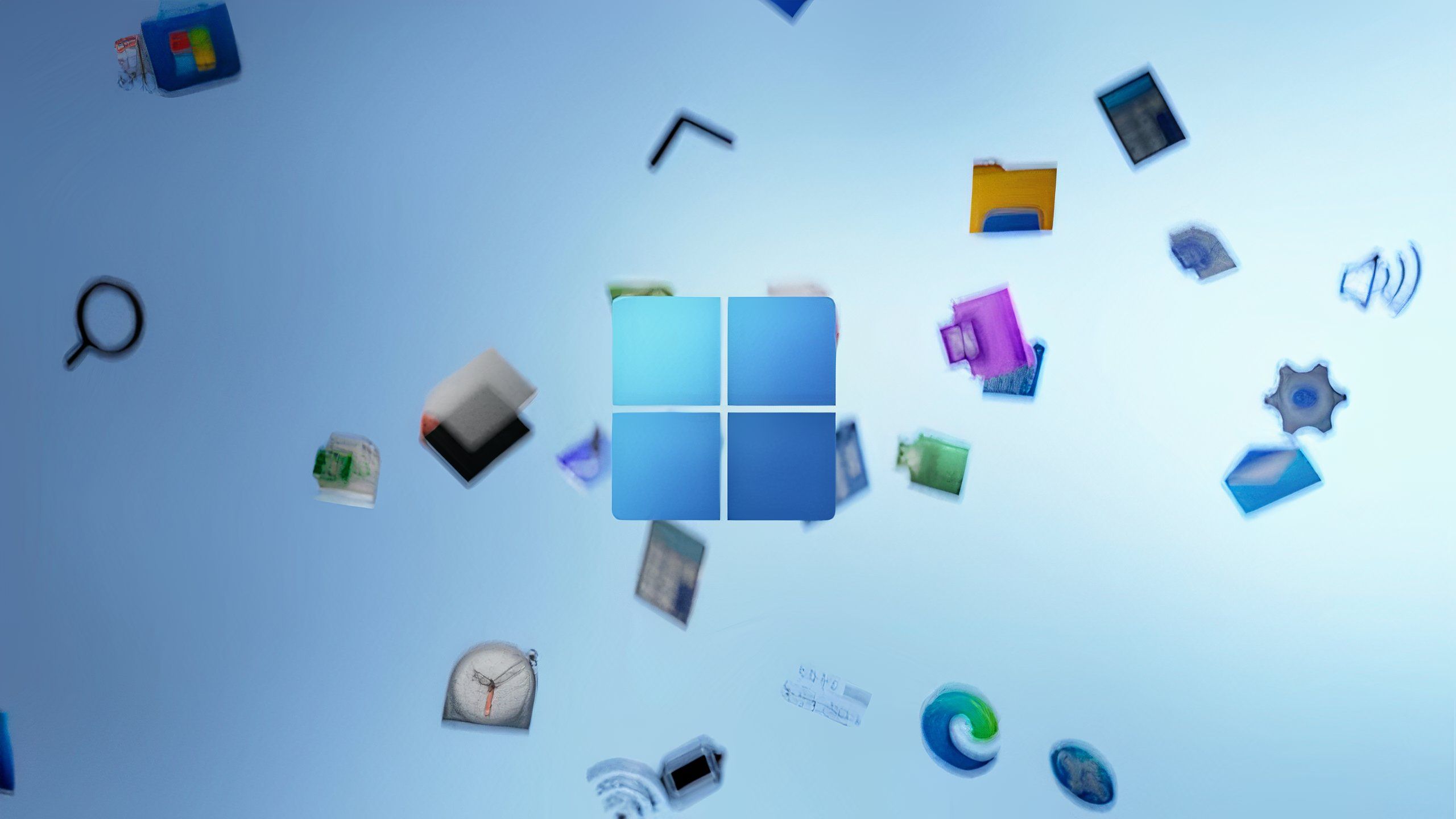
Microsoft has a Windows 10 problem, and the clock is about to strike midnight
- 21.03.2025 20:28
- pocket-lint.com
- Keywords: Windows 10, Windows 11
Windows 10 will end support on October 14, 2025, with Microsoft encouraging users to switch to Windows 11. However, hardware requirements prevent direct upgrades for some, leading them to consider new devices and recycling old ones.